Notes on SmartSea Technology seminar
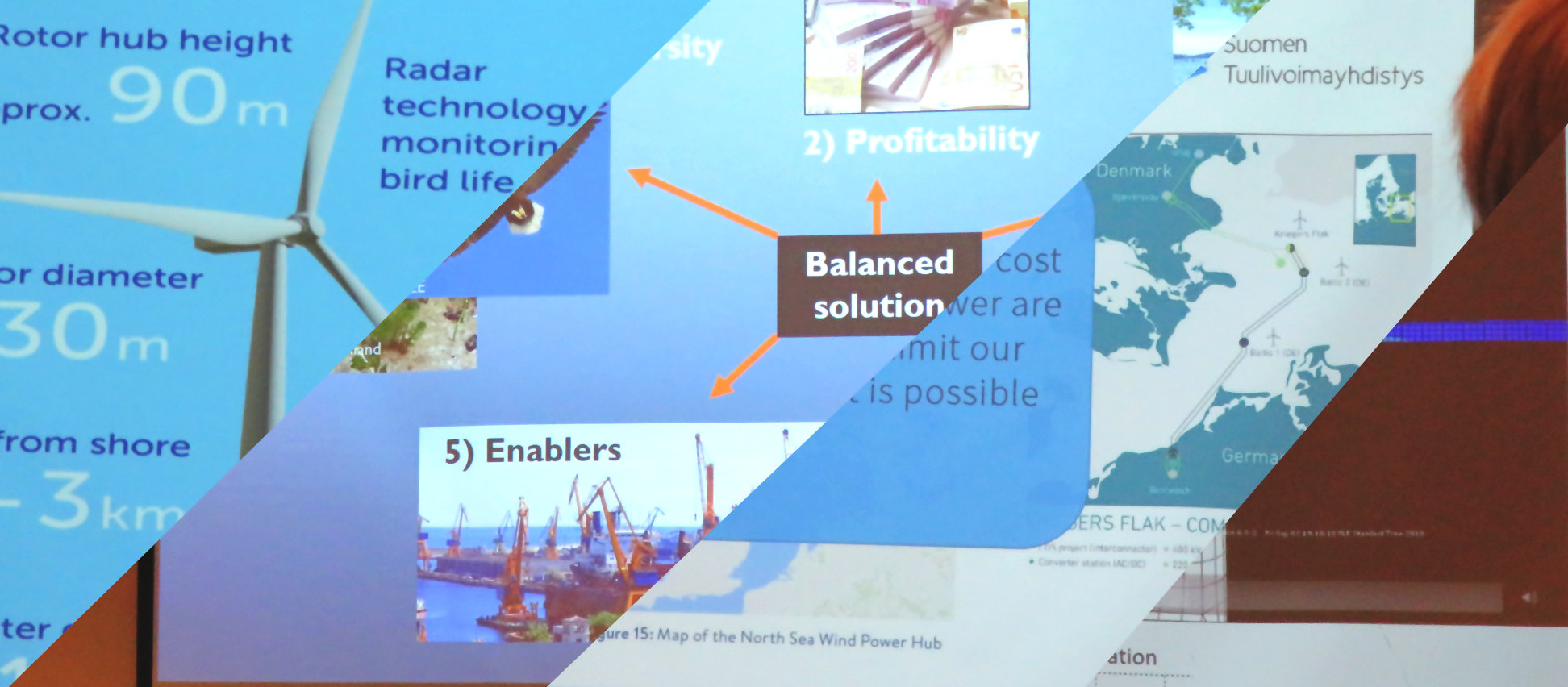
BLUE GROWTH IS FUTURE
EU Green Deal expects changes in food and energy production in order to diminish CO2 emissions. Finland has also committed to become a carbon free country by 2035. Blue growth provides tools for these transitions. Offshore wind energy and shifting the protein production from meat and
towards fish are ways to cut CO2 emissions.
Systems level transitions in sea research are thus expected and it requires emerging technologies, changes in infrastructure, financing and jobs of the future. Data economy i.e. collecting massive amounts of data for new operational solutions is also coming. There is technological optimism in blue growth, and Maritime Spatial Planning (MSP) should reserve space also for testing new emerging technologies. Site-specific information is often needed for novel technologies.
Industry and natural scientists see the world differently and have different political views to see the sea. Is it to be protected or a resource to be utilized? MSP combines these two ways to think. MSP resolves conflicts, however is not legally binding. Good spatial planning and knowing the environmentally valuable areas is of key importance. Nowadays the industry is urging for development of fair regulation, earlier they were of the opinion that no regulation is needed.

OFFSHORE WIND POWER
If 4% of Finnish sea area would be dedicated to wind power, we would reach the 15.5 GW target for offshore wind that was extrapolated from the European target to Finland. This would mean a 40x increase in Finland in 2040. Offshore wind power is more acceptable socially than onshore. However, the target is very high, can it be reached? Short answer is that yes, it is possible but depends on many factors. According to experiences from other countries, the first 0.5 GW is very slow and difficult to achieve, the next 0.5 GW goes easies and after that it is business-as-usual. We need a strategic program to develop offshore wind.
OBSTACLES AND SOLUTIONS TO DEVELOP OFFSHORE WIND
Wind power is cheaper in onshore sites than offshore. One reason for this is property tax that is higher for offshore. The property taxes in the life-cycle of the wind turbines of Hyötytuuli equals the subsidies originally given for the test site (20 milj €). In order to develop offshore wind, the property taxes should be more equal between offshore and onshore.
Permits for offshore sites are more complicated than for onshore. Slow permitting is especially difficult problem for the industry as it can take even up to 3 years. Currently the technology develops faster than that, and it would be important to use the latest technology in the wind parks. In addition, MSP is not detailed enough for project development and does not help in permitting.
Metsähallitus is leasing land and water for wind power development and will take a more active role in the future. Metsähallitus will also lease sites in Exclusive Economic Zone (EEZ). In the EEZ permitting could hopefully be smoother than in territorial waters. Technical solutions to build wind power to the EEZ of Finland, however, are still lacking mostly due to water depth.
In the south and the Gulf of Finland there are also no-go-zones due to military. Thus the Gulf of Bothnia will be the major offshore wind development area in Finland.
Shipping industry has joined the game as an offshore wind operator. What knowledge do we need in the future? Finnish ice know-how is acknowledged worldwide in shipping industry. There is strong knowledge that could be focused now even more strongly on wind power development. Joined teams of different expertise are needed to develop solutions specifically for Finland, and also potentially for export. Sharing best practises from Hyötytuuli test case is a good option. Norway is already in the markets wind power markets. They are arctic experts and collaboration with Norwegian stakeholders is advisable.
Wishes for policy makers: quick permit system, sticking to government implementation plan and revising the property tax.

AQUACULTURE
The demand for cultured fish is increasing. Aquaculture is an efficient way to produce protein, and can also preserve natural fish stocks from overexploitation. However, fish farming also needs to develop towards more environmentally friendly direction.
For instance, the number of escaped salmon from Norwegian fish farms is larger than the natural population, over a million individuals yearly. Protection from drifting ice and other severe weather conditions should be developed for fish farms in order to reduce the escapes.
Are there technologies to further reduce nutrient emissions from fish farms? This is very important in the Baltic Sea but not so important in Norway. However, nutrients from Norwegian fish farms equals those of 10 milj. people. There is a technology to clean the sea floor afterwards, but currently there are no new innovations in sight.
There are also floating solar panels in some farms to produce power that is an improvement.
Oceanis 2 submerged cages will be tested in Finland near Kustavi this year. They are kept submerged when icy conditions prevail. They can be submerged to 18 m depth in 5-25 min and can be moved to other places for suitable conditions if necessary.
There are potential conflicts of fish farming with oil industry and natural fisheries. Where are we going to be in 20-30 years? Prices for salmon are high, and thus there is pressure to innovate technologies.

EXTRACTION OF SEABED RESOURCES
Sand and gravel are much needed resources that are extracted from seabed, as they are getting scarce onshore. In the Netherlands annually c. 30 milj m3 are extracted. In the Netherlands, sand is very common in seabed but there are also other competing activities that prevent the extraction. The most important of these are oil industry and maritime traffic. In the Netherlands, sand is needed also for feeding the coast. It is a challenge from where in territorial waters it can still be taken. Dredged material is also used as a resource, and not dumped. Some areas are protected so that only dredged materials for shipping are allowed to be utilized.
Are there emerging technologies to diminish the environmental effects of extracting seabed resources? The turbidity bloom is one the effects that need to be tackled. That is why it is better to go deeper as surface layer turbidity is the most harmful. Also closed system extractions from which there is no excess water to sea exist, and the water is transported to land. However, it takes a lot of energy and the water on land may also have effects. The vessels used in extraction are also getting both larger and more environmentally friendly.
Some areas in the Netherlands are protected in order to compensate the nature values lost in others due to extraction of sand. Environmental Impact Analysis is used to calculate the effects and the same effects are compensated elsewhere. For instance, birds resting places, but perhaps the birds will not use the new protected area. Thus compensation is a very difficult process. Report on ecological compensation is coming out in Finland soon, but it is not yet operational.
There is not much sand in Finnish coasts. Guidelines for extracting are in principle clear but permitting is challenging as the guidelines are not very practical. For instance photic zone depth differ between sites. The best places in Finland to extract are known but it is challenging to know what kind of material they actually consist of. Usually in projects only one type e.g. sand of gravel is needed and the rest is discarded.
Building international artificial islands are occasionally discussed, but there are many, besides technical, also legal and administrational challenges. For instance, who owns them?
Cumulative environmental impacts are very difficult to foresee. Judges in Finland are specialized in environmental issues and the legal system is good. Water framework directive is legally binding. There are difficult situations, for instance, when two companies are given permission to utilize the resource and a third wants to join, but no more environmental impacts can be allowed in the area.
The ferromanganese nodules in the Baltic Sea could be utilized as a resource. However, they grow back very slowly, maybe some hundreds of years. This was tested in Russia, but the system changed and they did not grow back. Perhaps could be seen as a biogenic reefs that are protected with some percentage. In Finland no deep water habitats are protected, perhaps the ferromanganese nodules could be?
Articles
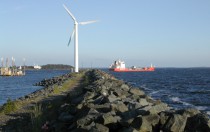
Pohjanlahti merituulienergian tuotantoalueena
Konteksti Merituulienergian laajamittainen rakentaminen on keskeinen askel Suomen tavoitetta hiilivapaaksi yhteiskunnaksi. Suomen merialueista erityisesti Pohjanlahti tarjoaa hyvät olosuhteet energian tuotannolle,
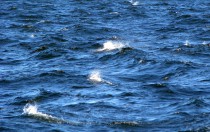
Scientific Articles published in SmartSea
One of the products of the SmartSea are the various scientific articles published by our partners during the project. The
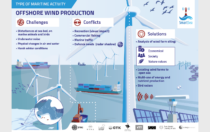
SmartSea Infographics
Offshore wind production, Aquaculture, Fisheries, Blue Well being, recreation and tourism have been key areas of the SmartSea project. We
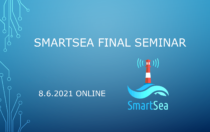
SmartSea Final Seminar/Loppuseminaari 8.6.2021
SmartSea will hold a Final Seminar on the results of the project, and a discussion with stakeholders and affiliates on
